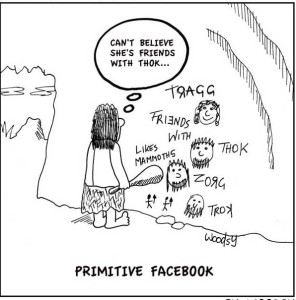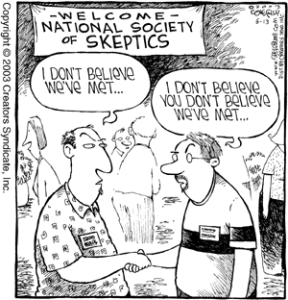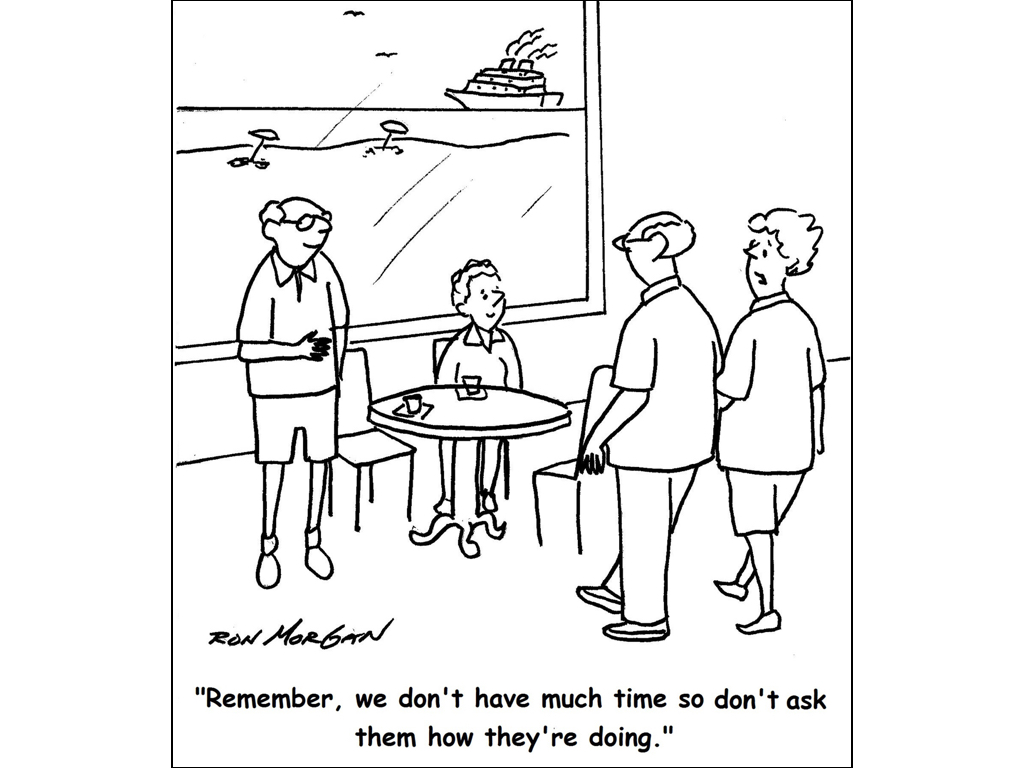 You can make more friends in two months by becoming interested in other people than you can in two years by trying to get other people interested in you. —Dale Carnegie
You can make more friends in two months by becoming interested in other people than you can in two years by trying to get other people interested in you. —Dale Carnegie
Sometimes we don’t need to be taught, just reminded. Networking is not a new topic but it remains an important one, so let’s revisit it.
I’ll begin with two questions:
How many contacts are in your professional and personal database?
When was the last time you initiated a meeting with someone you didn’t know well?
Networking is the process of building and maintaining mutually beneficial relationships. It is a major tool of successful people. Here are some suggestions for doing it right.
Network for the right reasons.
The main reason to network is to help and serve others. You must genuinely value relationships and desire to benefit others. Reciprocity will happen—people in your network will help you—but it’s important to give first. It’s difficult to sustain a viable network if your sole purpose is personal aggrandizement.
Dig your well before you’re thirsty.
Inevitably, there will be times in your life when you need help from others and there’s nothing wrong with reaching out when you do. But it helps to build your network before you have a personal need. Often, I’ll not hear from someone for years until he’s in a tight spot, then he’ll call. I always try to help, but in the back of my mind I’m thinking, Why do you only call me when you’re in distress? President Kennedy said, “The time to repair the roof is when the sun is shining.”
Develop a varied network.
Your network will naturally include fellow professionals but also develop contacts in other areas. Get to know the staff at your church, synagogue, or mosque. Meet your neighbors. Spend time with coworkers from other divisions in your company. Reach out to your banker and the person who does your printing.
Categorize your contacts.
We all have a finite number of people with whom we can stay current. While that number can be larger than most of us think, there is a limit to how many contacts we can maintain. It helps me to place people in various groups based on how much time and energy I can devote to the relationship. My groups include:
- Close family members – about 10 people
- Close friends – about 20 people
- Friends and colleagues with whom I have regular contact – about 50 people
- Friends and colleagues with whom I have limited contact – about 200 people
- People I know and have contact with about once a year – about 400+ people
- People in my database – 1,000+
Maintain an updated database.
Digital technology provides easy and accessible tools to organize and retain information about your network. The key is to diligently keep the information current. I keep my personal contacts in Microsoft Outlook. For my blog site I use MailChimp.
“Work” your network on a regular basis.
Andrea Niereenberg says, “You can be the master of working a room and leave each networking event with a pocketful of business cards, but if you do not follow up with these people and others already in your network, you will never be successful at networking.”
Continually increase your network and keep it fresh. Here’s a simple scoring system to assess how well you are doing in developing your network. Try to accumulate at least 20 points every week.
- 5 points — meet one-on-one with a new contact
- 4 points — meet one-on-one with a current member of your database
- 4 points — do something that will benefit someone in your network
- 3 points — have a conversation (at least 4 minutes) with a current member
- 3 points — write a personal note to a current member
- 2 points — send a personal email or text message to someone that generates a response
- 1 point — send a personal email or text message to someone that gets no response
My favorite word in the English language is initiative. People who take initiative get ahead in life. Networking requires it. Don’t wait for someone to reach out to you; reach out to others.
[reminder]What are your thoughts about this topic?[/reminder]
Summary
What? – Networking is valuable.
So what? – For the rest of your life continue to build a viable network.
Now what? – How did you answer the two questions listed at the beginning of this essay? How good are you at networking? Do you see its value? Using the tracking system described above, try to amass 20 points per week.
Leaders – Set a good example for your team members by becoming a networking guru. Coach your team members in developing this relational skill.



